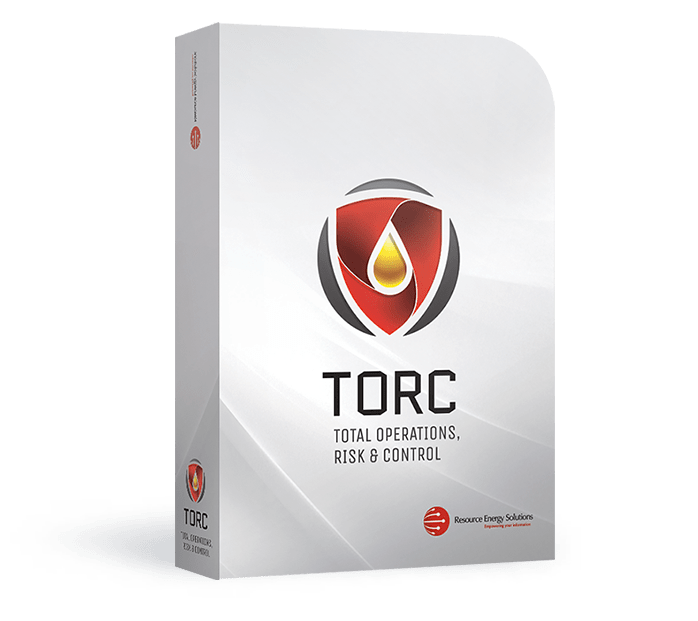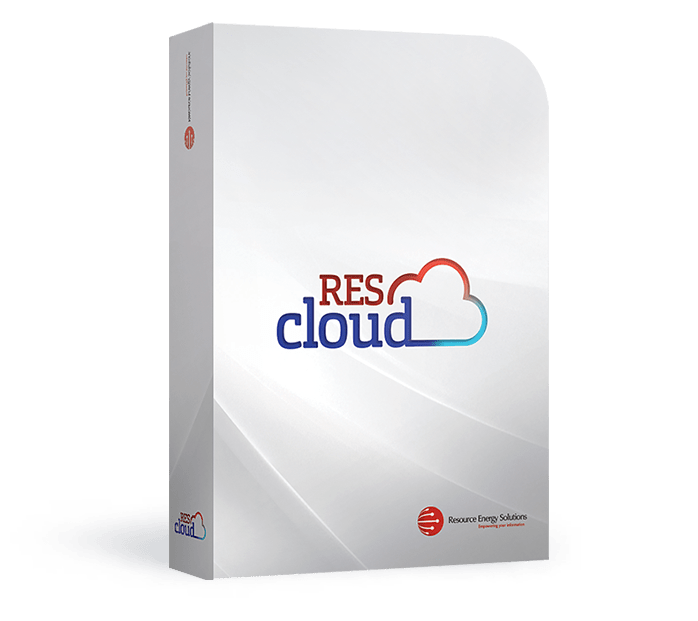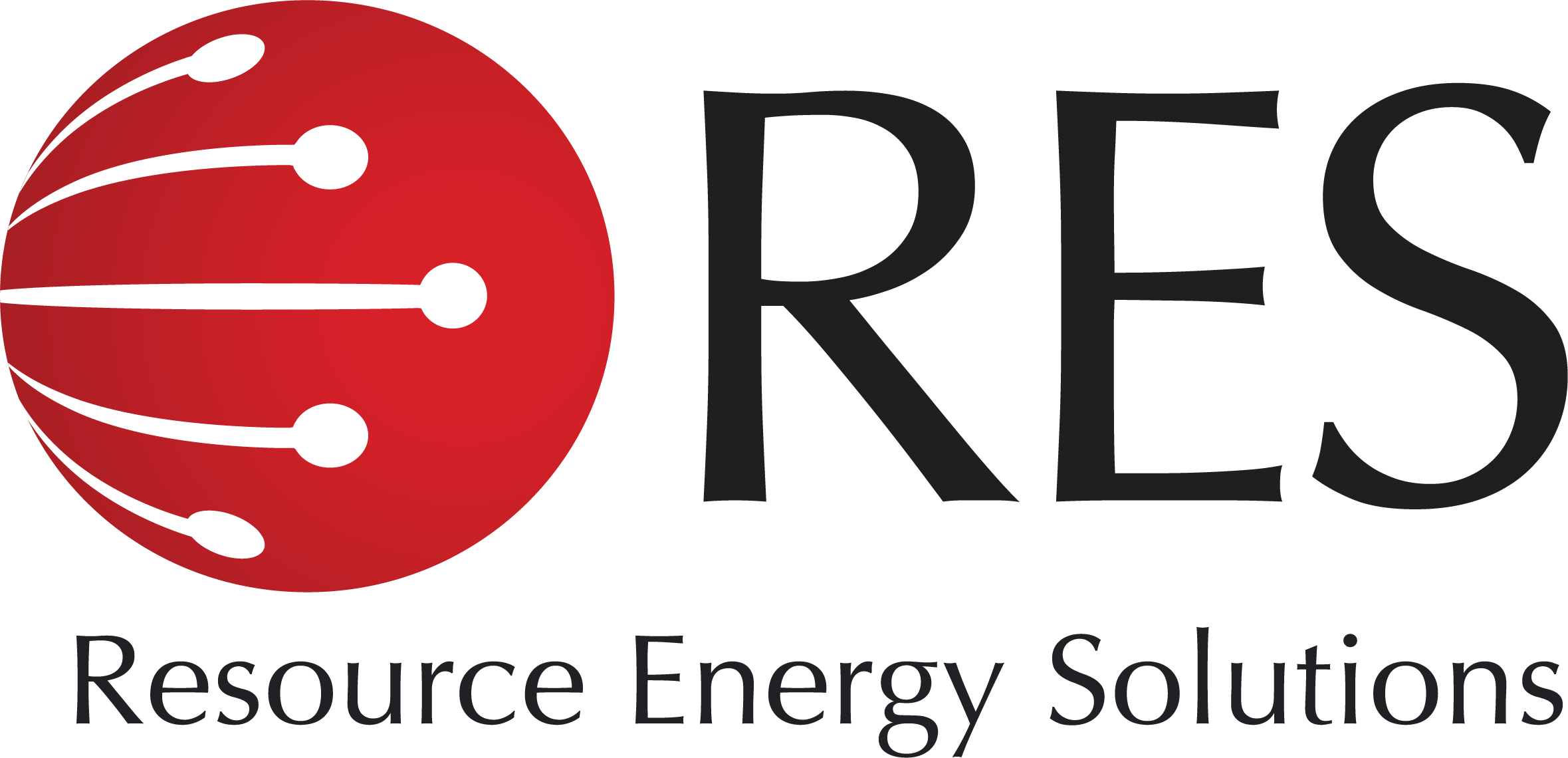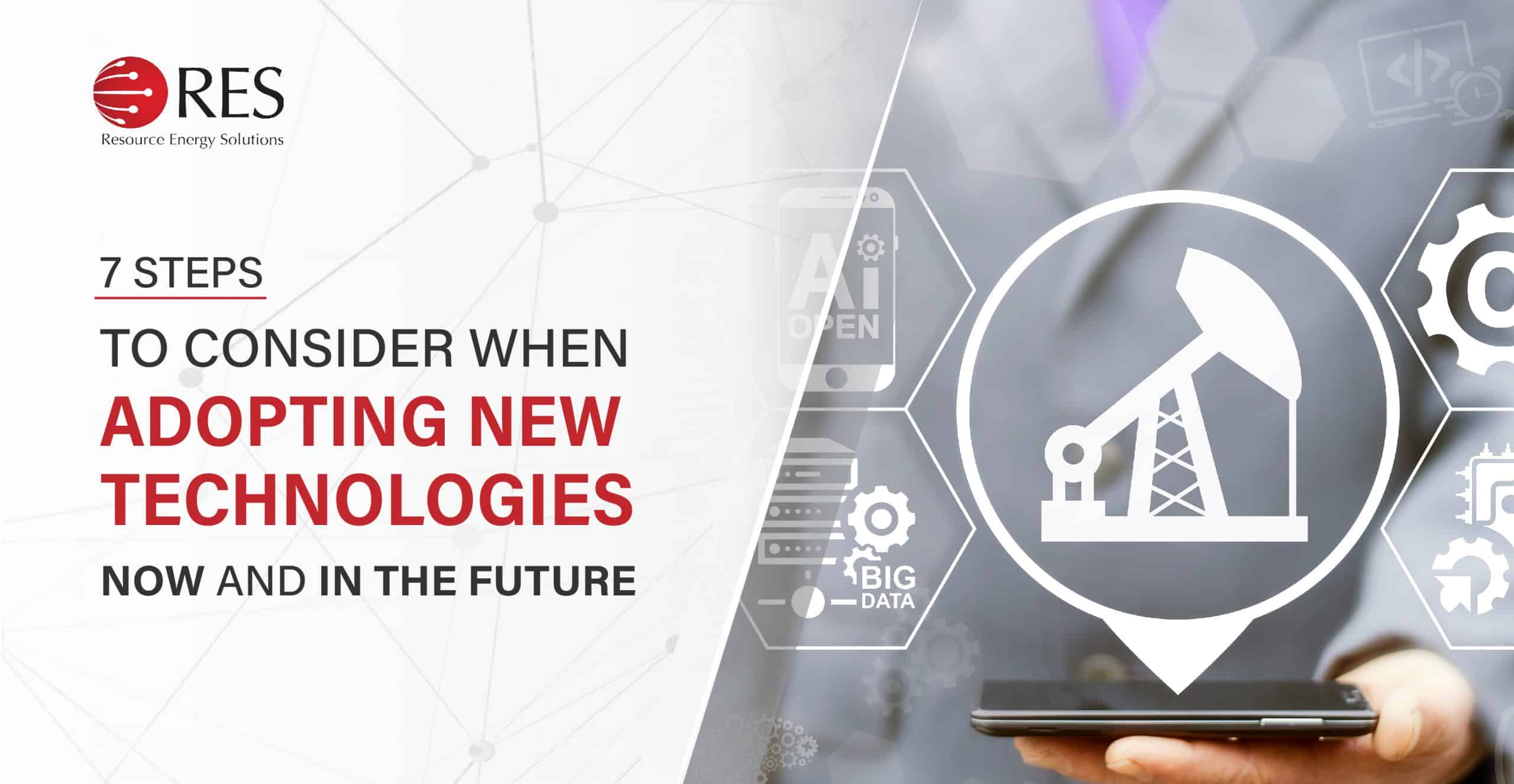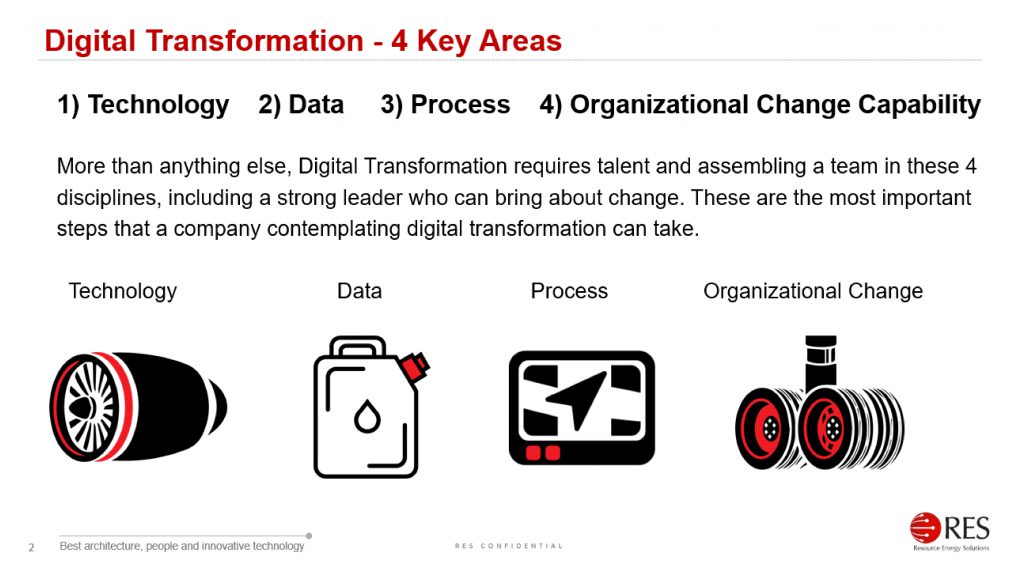There have been several articles and visuals, published recently illustrating what has led digital transformation within organizations and driving change for post COVID business operations.

Image source: Forbes
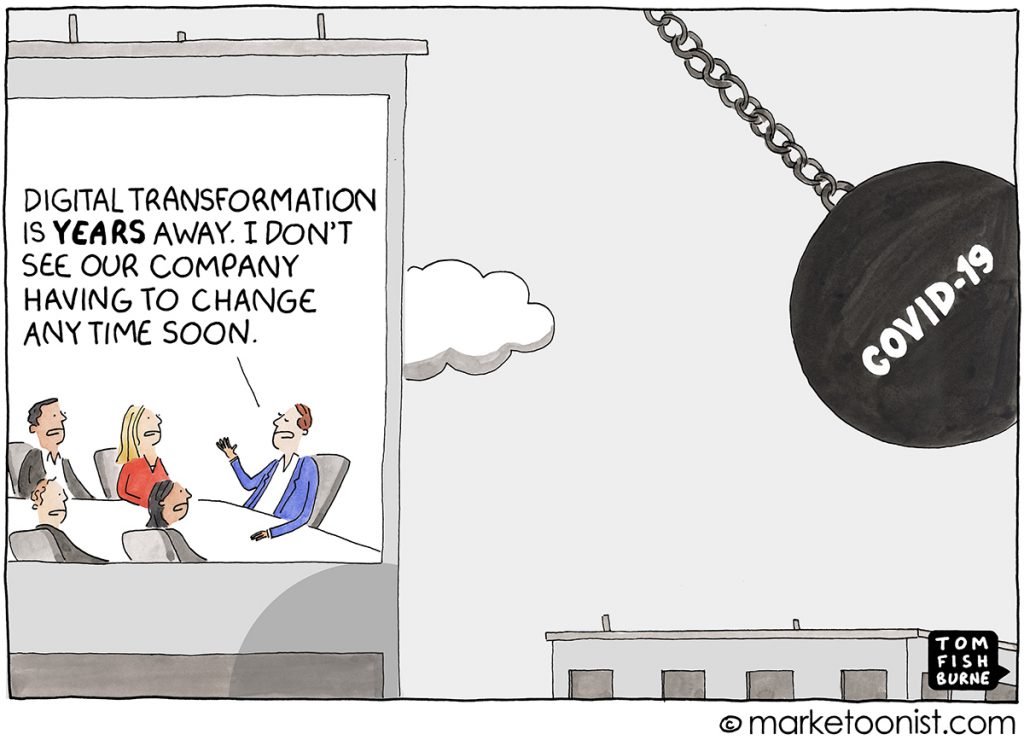
Image source: Marketoonist
Using digital technology allows companies to do more with less, leading to increased efficiencies, cost savings and excites the next generation of talent entering the industry. But what exactly does the future look like now? Will organizations simply fall back to old habits, or will they use this time to reinvent themselves and embrace digital technology?
It has been noted that it is no easy feat and there are challenges involved in the process of digital transformation. As mentioned by Thomas H. Davenport and Thomas C. Redman, Digital Transformation Comes Down to Talent in 4 Key Areas: Technology, Data, Process and Organizational Change Capability. To further that “Technology is the engine of digital transformation, data is the fuel, process is the guidance system, and organizational change capability is the landing gear. You need them all, and they must function well together”.
The global pandemic gave many of us an awakening and pushed us to adopt new digital work environments like video conferencing, webinars and virtual events, in a very short amount of time. Some organizations were more prepared than others. Being a software technology company, we were able to transition into remote work immediately.
This has now given companies time to evaluate and rebuild their digital strategies to cut costs and create efficiencies.
Here are a few steps to consider when adopting new technologies.
Step 1 – Create a Technology adoption strategy
- Perform an internal assessment and document all your pain points related to the current manual processes where you can improve productivity. Review your strategy and think about how new technology will help you achieve your strategic goals.
- List your goals to improve performance and work backward so the technology can meet your goals and objectives.
Step 2 – Analyze your current systems
- Make sure the functionality of your current systems can support and integrate effectively with your new technology. Performing this work upfront will prevent system redundancies, reduce costly build times, and avoid budget overruns.
Step 3 – Ensure buy-in by all key stakeholders
- A strong leader is needed to ensure all team members embrace the coming changes. Now is not the time to rest on our laurels.
Step 4 – Ensure training is provided
- Standard training may not be enough with complex solutions and custom training should be allocated and budgeted for.
Step 5 – Combine change management with the technology deployment
- A solid change management plan and the necessary resources are critical for a smooth deployment.
Step 6 – Have a solid governance group
- Ensure the executive sponsors and all the key stakeholders who will be impacted by the changes have a voice to address concerns, issues, and risks.
Step 7 –Continuous improvement
- There will be disruption to the current workflow so monitor your deployment and make implementation schedule changes into smaller manageable stages as necessary.
For more information contact info@resourceenergysolutions.com or 403-245-0220.
Published by Trent Marx, President & CEO at Resource Energy Solutions
